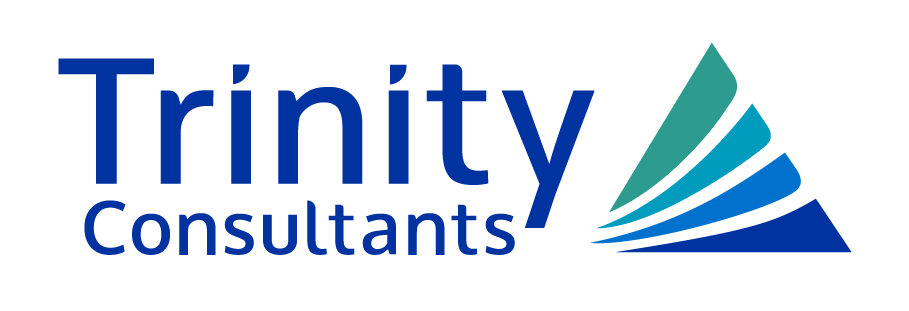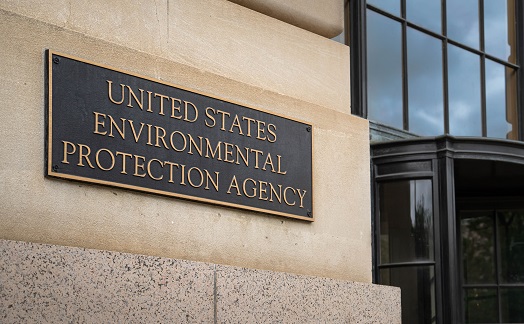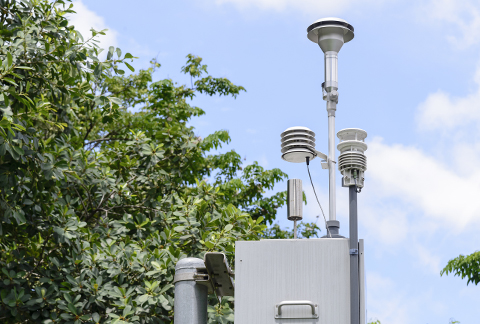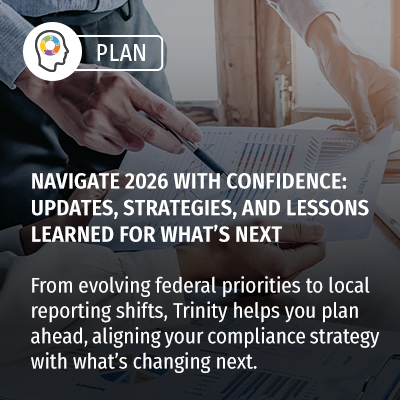
Navigate Compliance With Confidence
Trinity is Your Trusted Partner for Regulatory Clarity
From reporting deadlines to evolving enforcement priorities, we help you overcome complex, mission-critical compliance challenges with unmatched expertise in environmental regulations.
Ready to Start Your 2026 Compliance Strategy?
With 50 plus years of experience and experts in every state across 90+ offices, Trinity delivers clarity where it matters most: in your region, with your regulators, for your operations.
Trust a partner who combines local knowledge with national perspective to simplify reporting, anticipate regulatory shifts, and eliminate compliance uncertainty.
We provide expert guidance on environmental compliance and regulations to keep projects moving forward.

The Pendulum Swings! Preparing For Regulatory Changes With a New Administration
Companies across various industries face several key considerations when the U.S. presidency transitions from one political party to the other. These transitions can have a profound impact on how businesses operate. Check out the insights in this EHS-Q article written by Trinity subject matter experts.

EPA Air Dispersion Modeling Guidance and SO2 NAAQS Revisions Become Effective
In late January 2025, two regulations become effective that have implications for air permitting projects requiring air dispersion modeling analyses. Revisions to the Secondary National Ambient Air Quality Standard (NAAQS) for SO2 and a revision to the Unites State Environmental Protection Agency’s (EPA’s) Guideline on Air Quality Models were finalized in late 2024 and are set to become effective.

Stricter PM2.5 Rules and Regulations Drive Up Industry's Cost of Compliance
This EHS-Q article provides background on the NAAQS, current concentrations of PM2.5 versus the NAAQS, next steps in implementation, and suggestions for ways to address and adapt to the lowered NAAQS in air permitting.

New Administration Could Ease Pesticide Restrictions On Business
Enacted in 1947, FIFRA aims to protect human health and the environment by ensuring that pesticides are used safely and effectively. Each administration's approach to FIFRA reflects their broader environmental and regulatory philosophies, impacting how pesticides are regulated and used in the US.

2025 OOOOb/c Interim Final Rule
On July 31, 2025, the U.S. Environmental Protection Agency (EPA) published an interim final rule amending the 2024 New Source Performance Standards (NSPS) under 40 CFR Part 60, subpart OOOOb, and Emissions Guidelines (EG) under Subpart OOOOc, effective immediately.
Trusted by

Here's what our clients have to say about us












